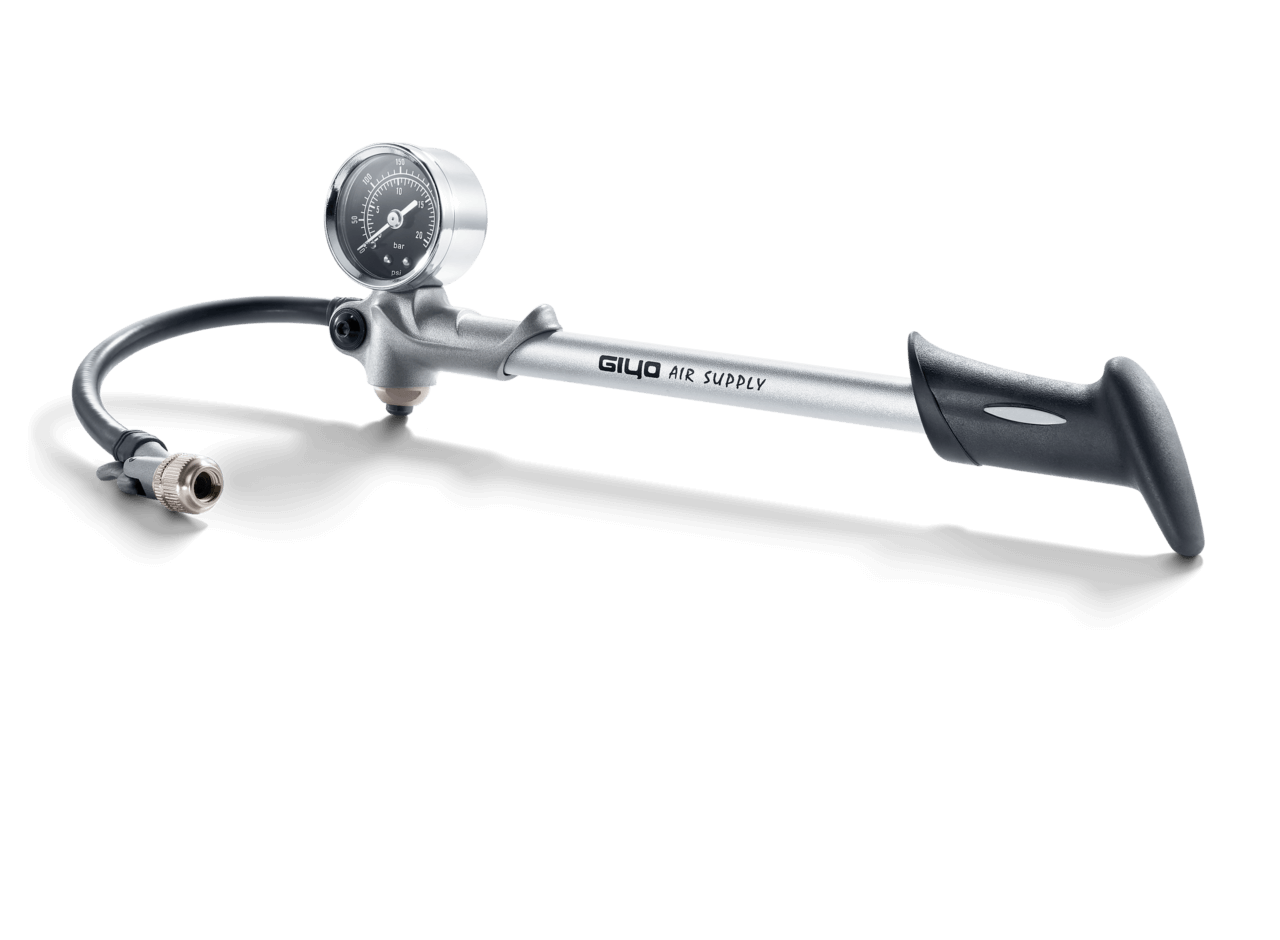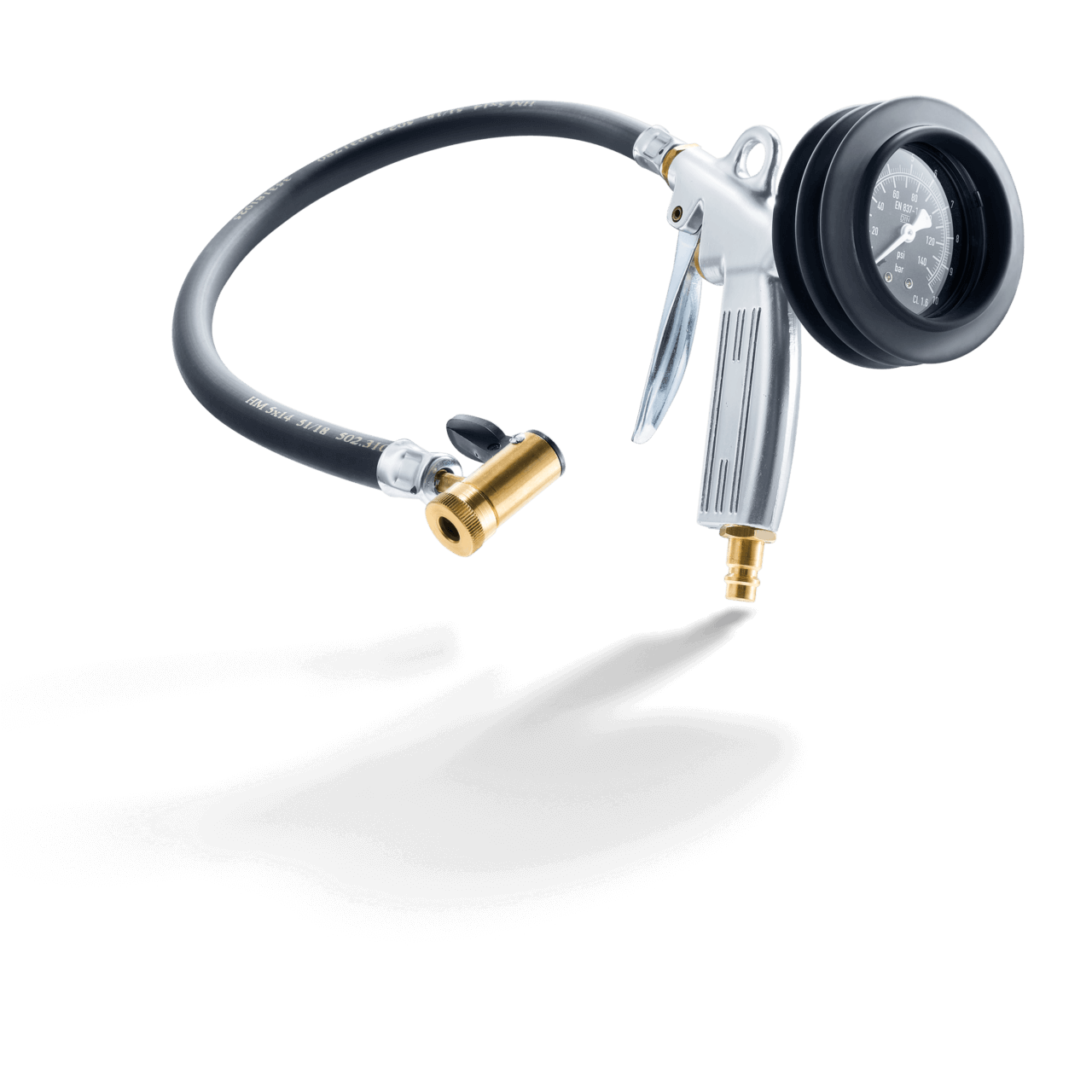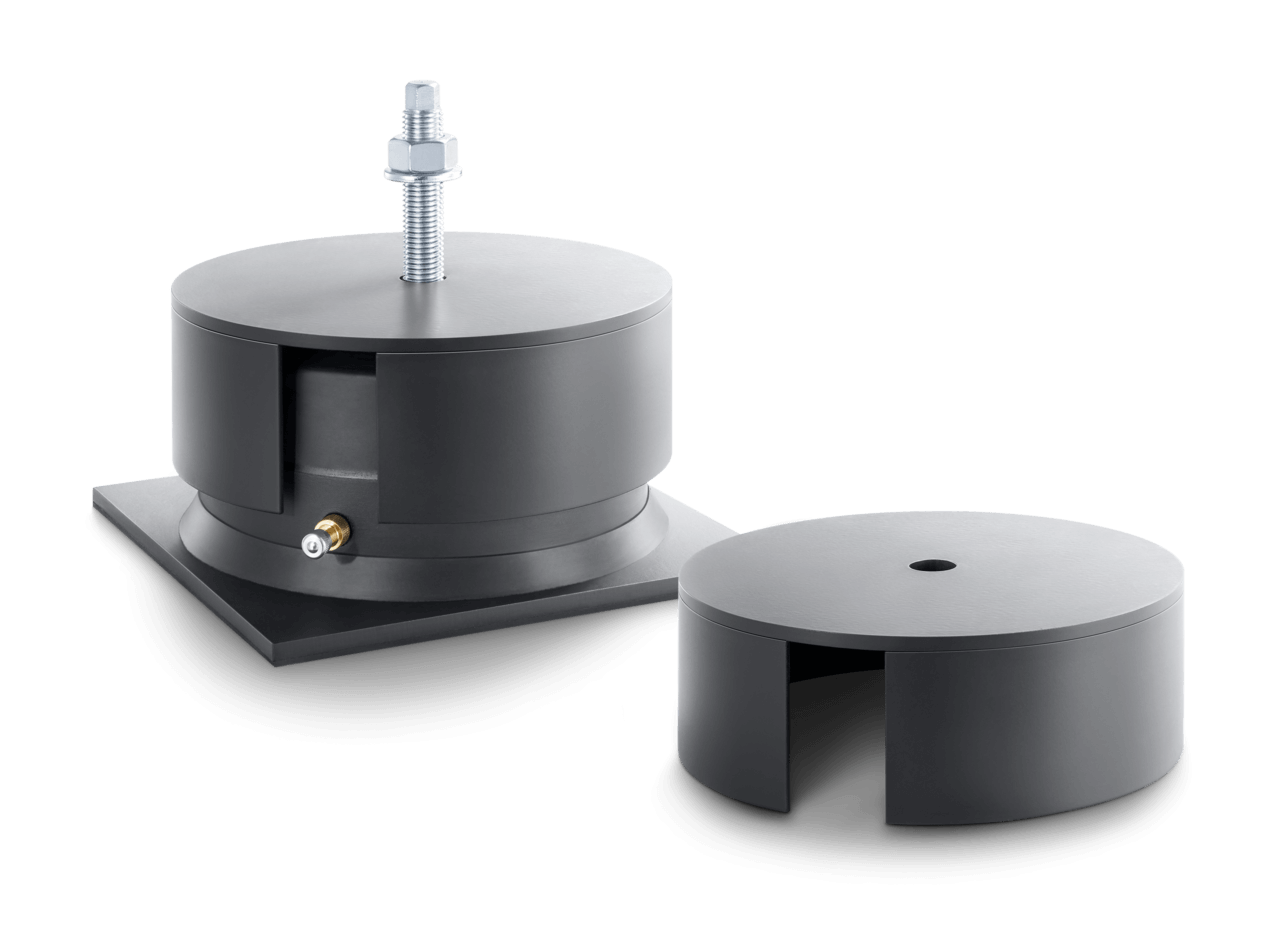Rubber air springs
Series FAEBI®
- Deflection characteristics can be adapted by adjusting the air pressure
- Integrated damping, therefore separate damping is not necessary (low-maintenance)
- No transmission of structure borne noise

























